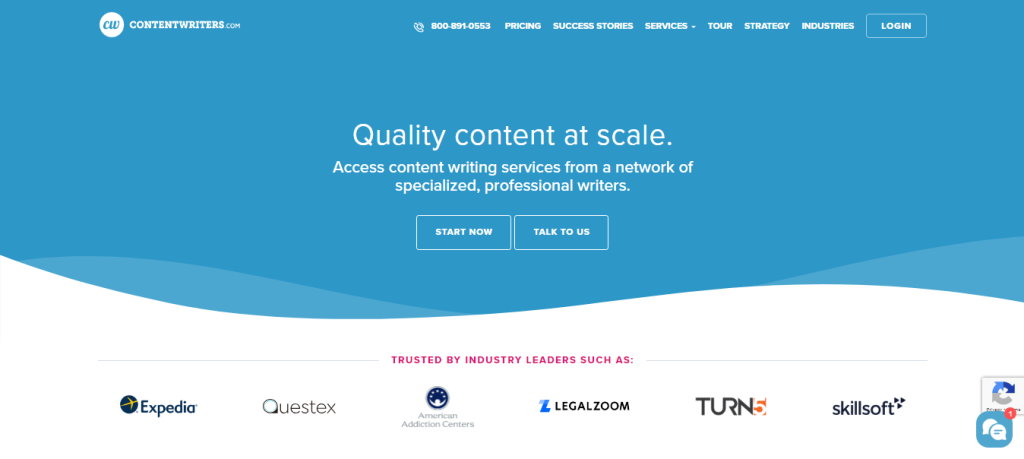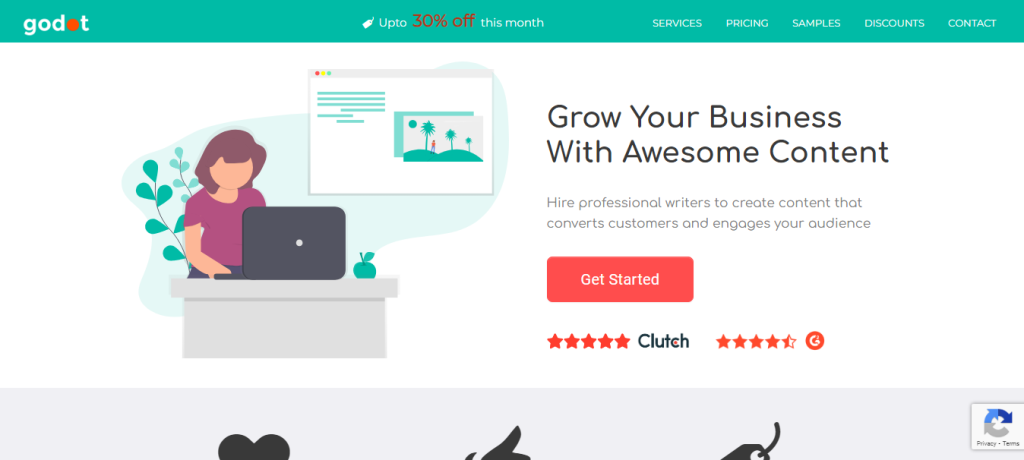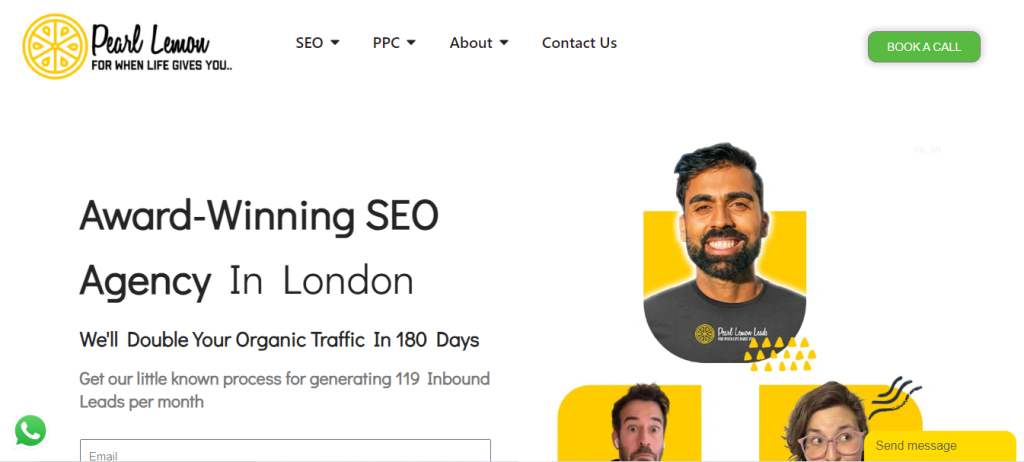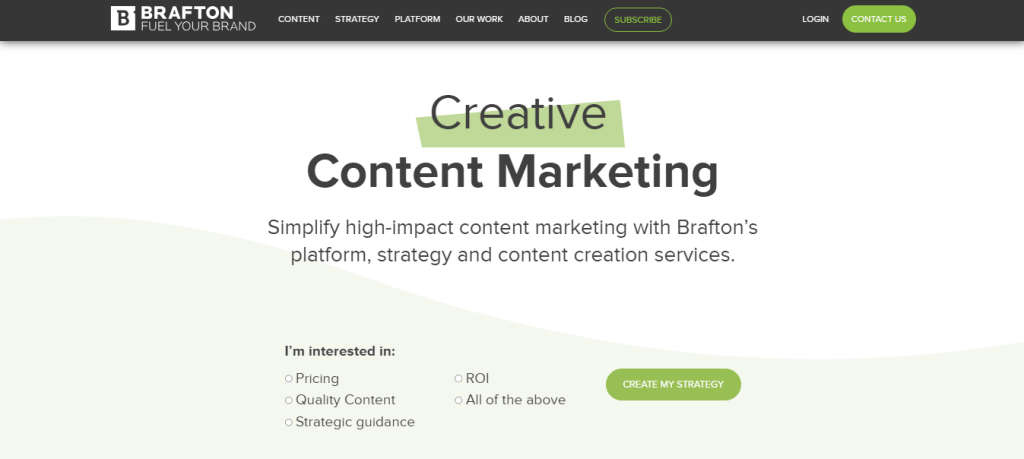If you have a website, you need a blog. A blog is a powerful tool to provide value to your audience and drive traffic to your business. However, creating and managing a blog is not easy. It requires time, skill, and strategy. That’s why you need blog marketing services.
Blog marketing services are professional assistance that you can get from experts. Those who know how to create and promote blog content for your niche, industry, and goals. Furthermore, marketing services can help you with content creation, content promotion, content analysis, and more.
Blog marketing services can help you with:
Content creation
Marketing services can help you produce high-quality, relevant, and original content. That showcases your expertise, solves your audience’s problems, and provides value to them. Moreover, these services can also help you with content research, keyword analysis, headline writing, formatting, editing, and proofreading.
Content promotion
Blog marketing services can help you distribute your content to the right platforms and channels where your audience can find it. It can also help you with social media marketing, email marketing, influencer marketing, guest posting, link building, and other strategies to amplify your reach and visibility.
Content analysis
Blog marketing services can help you measure and improve the performance of your content. Blog marketing services can also help you with analytics, reporting, feedback, and optimization to ensure that your content is achieving your desired results.
By hiring blog marketing services, you can enjoy the following benefits for your business:
- More traffic: you can drive more organic and referral traffic to your website by ranking higher on search engines and getting more exposure on social media and other platforms.
- More leads: you can generate more qualified leads for your business by capturing the interest and contact information of your visitors through compelling calls to action, landing pages, and lead magnets.
- More sales: you can convert more leads into customers by nurturing them through the sales funnel with relevant and persuasive content that builds trust and loyalty.
- More loyalty: you can retain and delight your customers by providing them with valuable and engaging content that keeps them informed, entertained, and satisfied.
8 Best Blog Marketing Services to Grow Your Business in 2024
Choosing the best blog marketing services for your business could be tricky. Because you need to consider factors such as quality, price, reputation, and results.
To help you with your decision, we have compiled a list of the 8 best blog marketing services that you can trust in 2024. These are companies or agencies that offer blog marketing services as part of their digital marketing solutions. They have proven track records, satisfied clients, and positive reviews. Here they are:
1. WebiMax

WebiMax is a full-service digital marketing agency that provides blog marketing services along with SEO, web design, social media, PPC, and more. WebiMax can help you create and promote engaging blog content that drives traffic, leads, and sales to your website.
Furthermore, WebiMax has a team of experienced and skilled writers, editors, and marketers who can handle all aspects of your blog marketing. WebiMax also offers a free consultation and a customized plan for your blog marketing needs.
2. ContentWriters

ContentWriters is a content writing platform that connects you with professional writers who can create high-quality blog posts for your niche, industry, and goals.
ContentWriters can also help you with content strategy, optimization, distribution, and analysis. They have a network of over 10,000 vetted and talented writers who can write on any topic and any style. ContentWriters also offers a 100% satisfaction guarantee and unlimited revisions for your blog posts.
3. Godot Media

Godot Media is a content writing agency that specializes in blog writing and management. Godot Media can help you produce original, relevant, and SEO-friendly blog content that showcases your expertise and provides value to your audience. Godot Media can also help you with content research, keyword analysis, headline writing, formatting, editing, and proofreading.
Godot Media has a team of native English speakers who can write on any topic and any tone. Godot Media also offers a flexible pricing model and a fast turnaround time for your blog posts.
4. SmartSites

SmartSites is a digital marketing agency that offers blog writing services along with web design, web development, SEO, PPC, and more.
The company can help you create and publish blog posts that attract and convert your target audience. Moreover, SmartSites has a team of creative and knowledgeable writers, designers, and developers who can create and manage your blog with professionalism and efficiency. SmartSites also offers a free website analysis and a competitive quote for your blog writing services.
5. Pearl Lemon

Pearl Lemon is a digital marketing agency that provides blog marketing services along with SEO, web design, social media, PPC, and more. The company can help you create and promote blog content that educates, entertains, and engages your audience.
In addition, Pearl Lemon has a team of passionate and qualified writers, editors, and marketers who can deliver high-quality and high-performance blog content for your business. Pearl Lemon also offers a free audit and a tailored strategy for your blog marketing needs.
6. Express Writers

Express Writers is a content writing agency that offers blog writing services along with web copy, landing pages, email newsletters, and more. Moreover, Express Writers can help you create blog content that resonates with your audience and boosts your authority and credibility.
Equally important, Express Writers has a team of over 90 expert writers who can write in any industry and any niche. Express Writers also offers a quality guarantee and a fast delivery time for your blog content.
7. Brafton

Brafton is a content marketing agency that offers blog marketing services along with video, graphics, social media, and more. The company can help you create blog content that informs, inspires, and influences your audience.
Moreover, Brafton has a team of talented and experienced writers, editors, and strategists who can craft and optimize blog content for your goals and audience. Brafton also offers a free consultation and a custom proposal for your blog marketing services.
8. Scripted

Scripted is a content writing platform that connects you with freelance writers who can create blog posts for your business. Scripted can also help you with content editing, revision, and feedback.
Besides, they have a pool of over 7,000 screened and rated writers who can write on any topic and any style. Scripted also offers a satisfaction guarantee and a flexible pricing model for your blog posts.
These are the 8 best blog marketing services that you can consider for your business in 2024. Because they can help you create and manage a successful blog that generates more traffic, leads, and sales for your business.
But if you are looking for more than just blog marketing services, you need our web design services. We are a team of experienced and skilled web designers who can create and manage your website with professionalism and creativity. Furthermore, we can help you with web design, web development, web optimization, and more. We can also help you with blog marketing and other digital marketing solutions.
We are more than just web designers. We are your partners in success. We will work with you closely to understand your needs, goals, and vision. We will deliver a website that exceeds your expectations and helps you achieve your objectives.
Contact us today and get a free quote for our web design and blog marketing services. We are ready to help you take your business to the next level.










